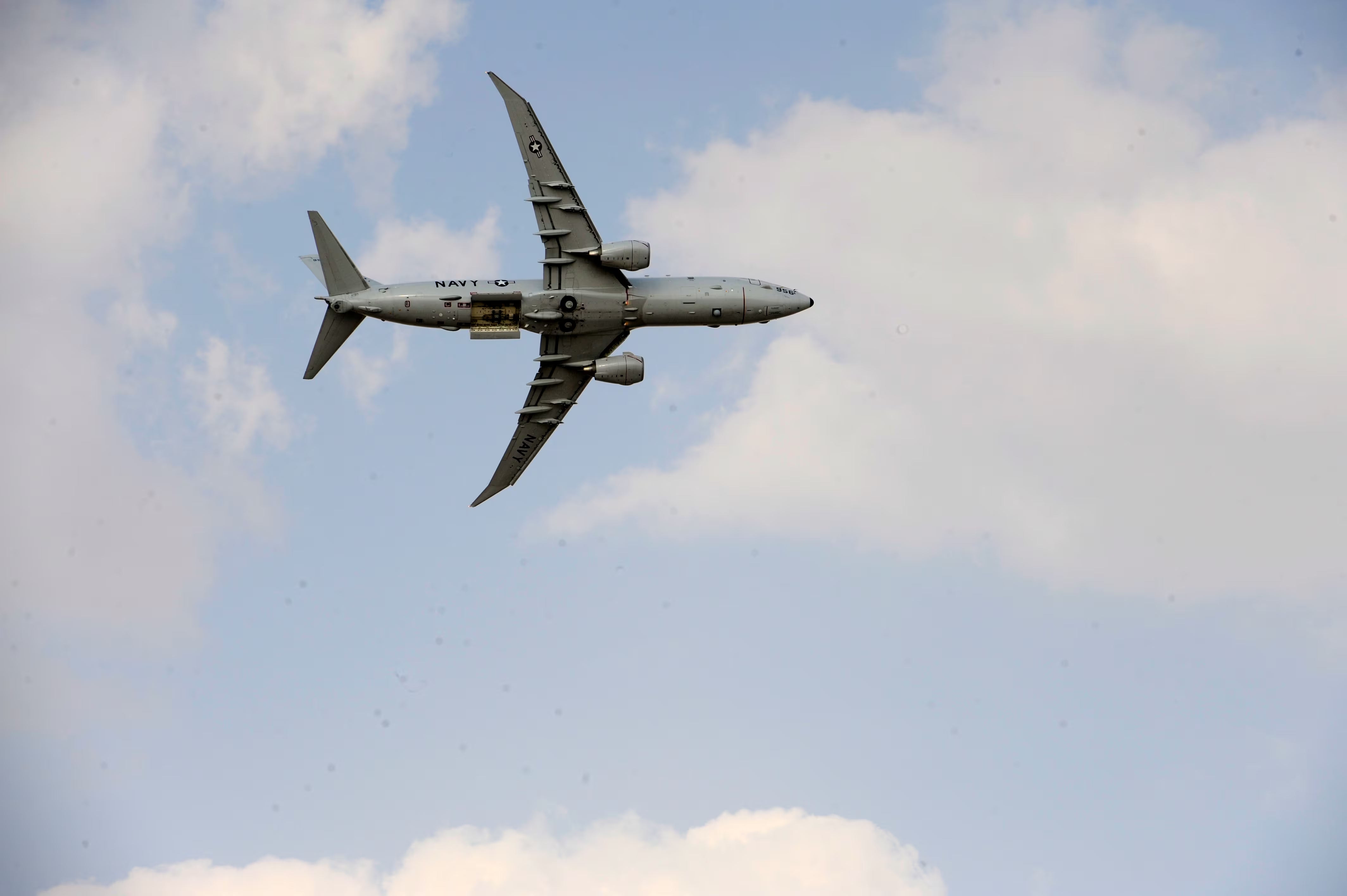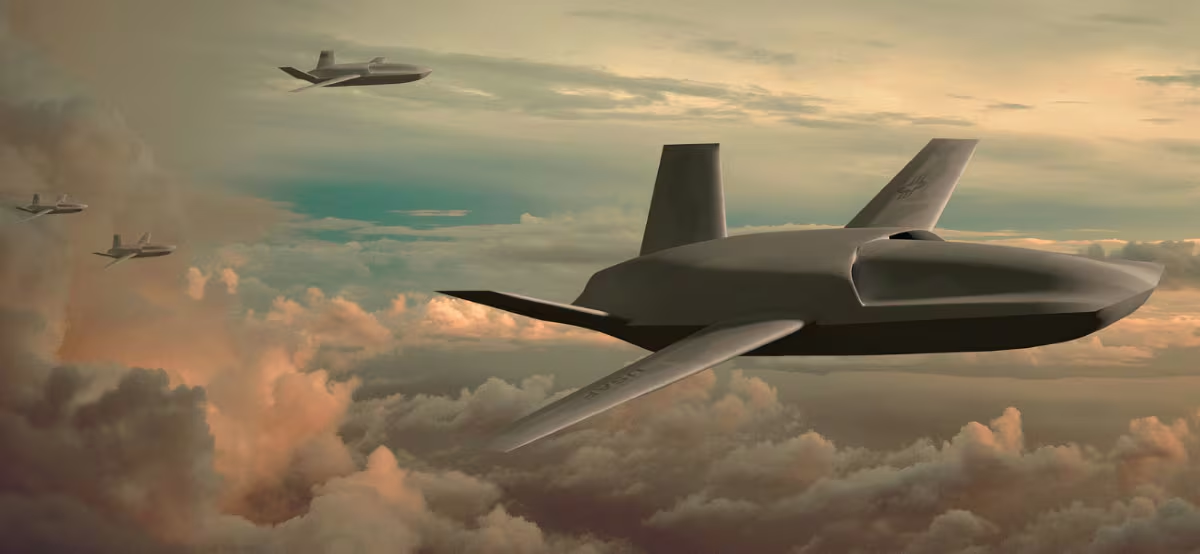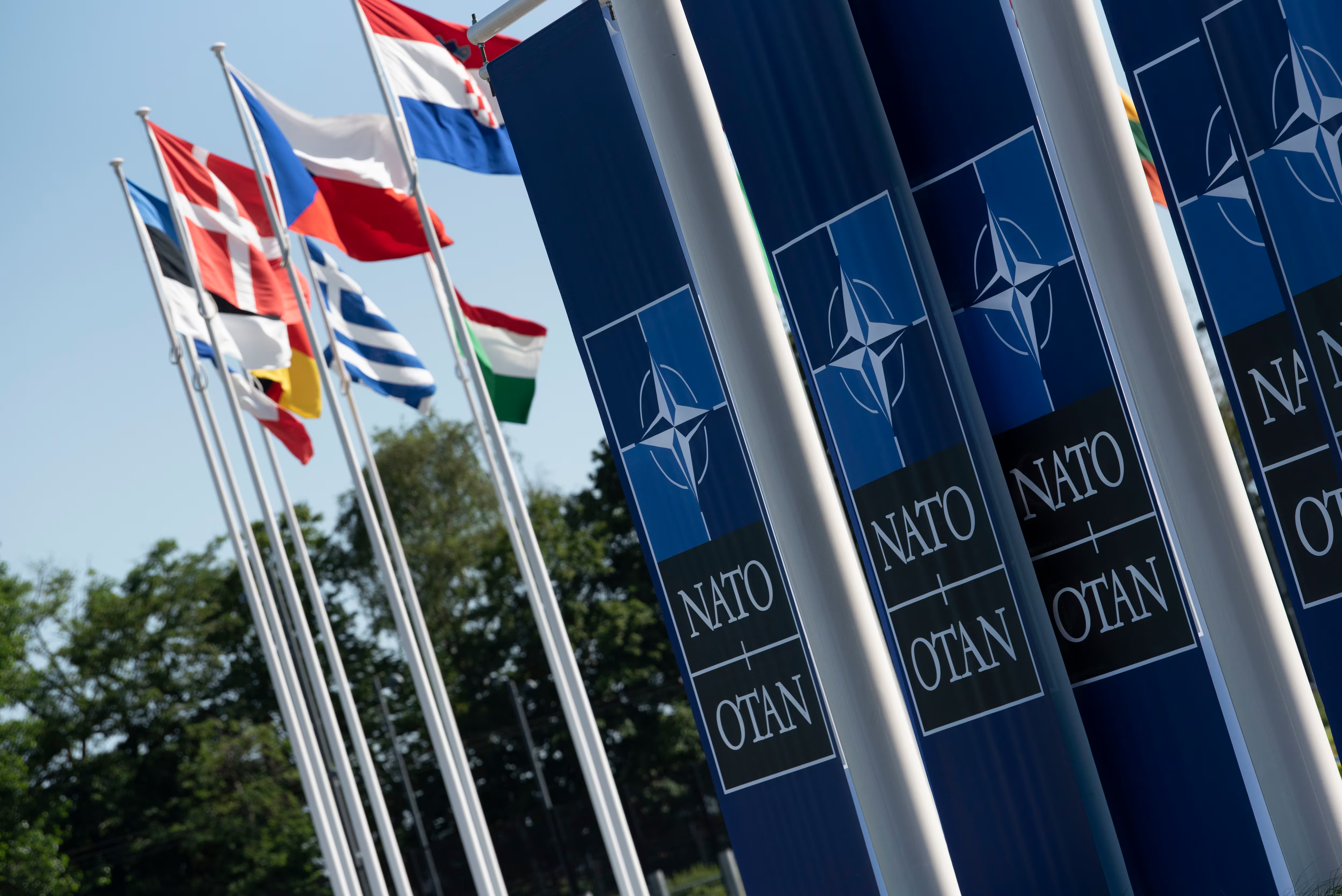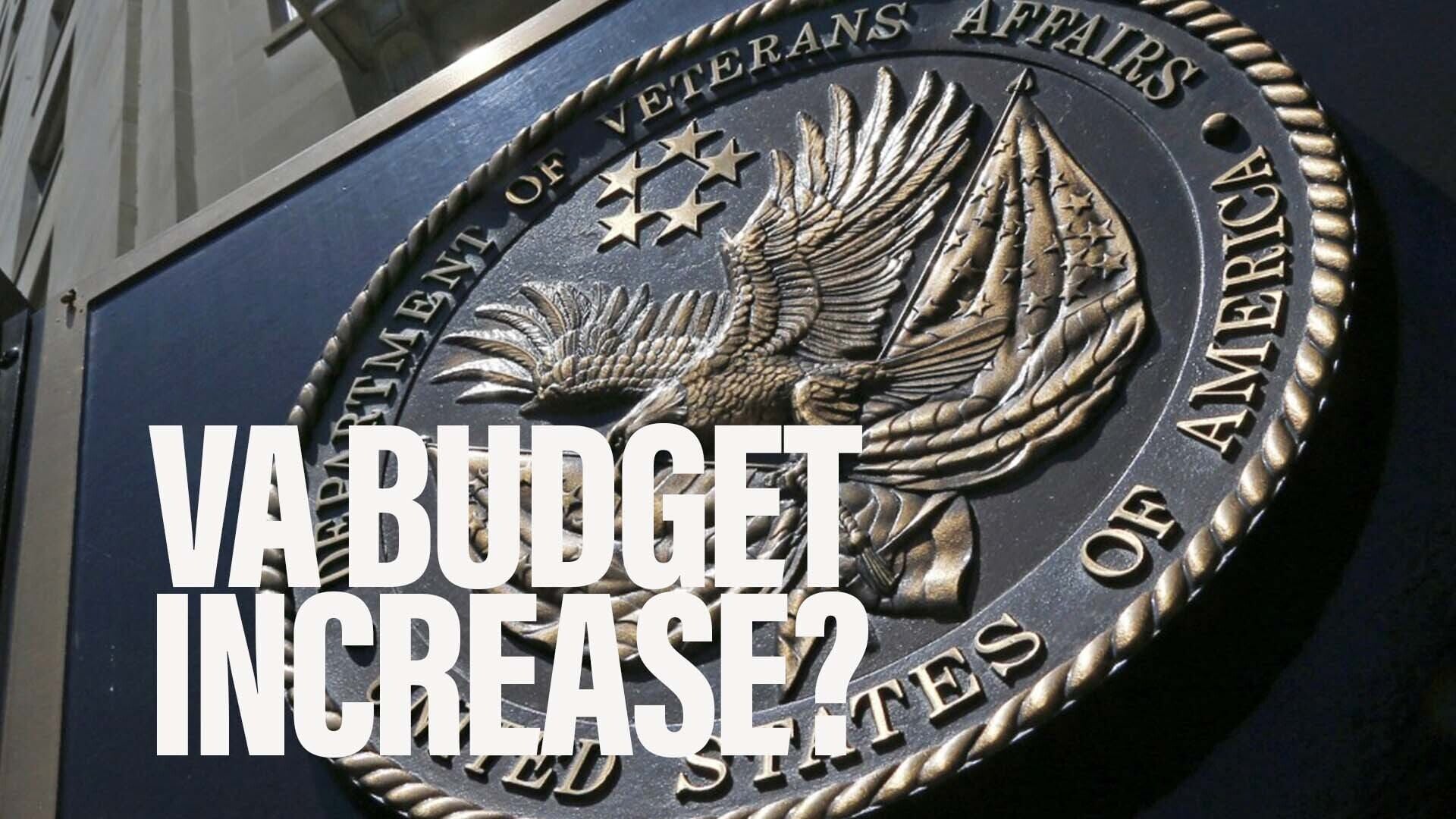NAVAL SUBMARINE BASE KINGS BAY — The United States and United Kingdom are still weighing options on how to address a so-called "gap" in the UK's airborne anti-submarine warfare capability.
During an April 14 and 15 tour of US capabilities, UK defense procurement minister Philip Dunne and US Deputy Secretary of Defense Bob Work acknowledged that the two nations continue to discuss how the Pentagon can provide their British counterparts coverage until the first British P-8 aircraft come online.
"Right now, this is one of the things that Philip has asked me, what are some of the things we might be able to consider," Work said. "So we're going to talk with the Navy and see what might be able to be worked out. But there's nothing firm right now."
The UK is without an indigenous maritime patrol aircraft capability following a decision in 2010 to axe its fleet of Nimrod aircraft for budgetary reasons. However, that has widely been viewed as a mistake, and November's Strategic Defense and Security Review (SDSR) included a decision to procure nine P-8 aircraft to reinstate that capability.
Those planes will not be operational until 2019, at a time when the increasing presence of Russian nuclear submarines in the North Atlantic has spooked some in London.
Several possible sightings of Russian boats in the approaches to the Royal Navy's nuclear submarine base at Faslane, Scotland, have resulted in US and other NATO allies drafting in maritime patrol aircraft to mount a search for the vessels.
During a December visit to Washington, UK Secretary of State for Defence Michael Fallon raised the issue of how the US could assist the UK with maritime surveillance with Secretary of Defense Ash Carter. At the time, Fallon said "we need" that capability, citing the "increase in Russian submarine activity" during the past year.
In comparison to Fallon, Dunne downplayed the gap during his US tour, which in addition to a P-8 flight included checking out F-35B and Trident missile facilities in the southern United States.
"We are concerned to make sure we have capability for the time when our carrier comes into service…which in effect will be 2020," Dunne said. "So the duration of the gap is narrowing quite rapidly now and that's going to be one of its primary roles, to keep our carrier safe. So we think there won't be a gap in that respect, as the carrier won't be functioning until the P-8s arrive.
Although Work avoided going into detail, he did offer a hint as to what that solution may look like by pointing out that the European Reassurance Initiative, a $3.4 billion fund from the US in European defense, includes funding to retrofit a base at Keflavik, Iceland to fit P-8s.
That project, a $21.4 million investment, includes doing modifications to the existing hangar door to allow the P-8As to fit inside for maintenance, as well as reinforcing the hangar floor to accommodate the weight of the plane and other fixes.
If the US ran P-8 surveillance missions from Keflavik, it would give them a chance to catch and track any Russian submarines coming towards the UK.
Work also said the US is "committed" to making sure there are no interruptions to the P-8 line that could lead to delays in the United Kingdom getting ahold of the plane. That commitment also means ensuring that UK pilots and sensor operators are trained and ready to go when those planes finally arrive.
British crews have been training on US Navy P-8's and other maritime aircraft following the Nimrod program cancellation.
The program, known as Seedcorn, is aimed at maintaining British anti-submarine and anti-surface warfare skills. As many as British 20 crew have at any one time been embedded with the USN on P-8 operations.
Dunne also confirmed that the United Kingdom still plans to operate US weapons on its P-8 fleet when the planes first come online, before potentially transitioning to British weapons in the future, the nation's head of military procurement has confirmed.
The equipment on the UK P-8s will "initially" be the same as the US Navy operates, Dunne said. "On the P-8, we are looking at essentially an off the shelf, [foreign military sales] purchase. It's a [commercial off-the-shelf] capability. We are looking at acquihiring the same suite of capability as the US Navy operate.
"There may be some communications stuff that we need to introduce but as far as the capability is concerned it's coming sort of as is, fully formed," he added.
Asked if there was a timetable for when UK equipment might end up on the P-8, Dunne simply said "no."
Andrew Chuter in London contributed to this report.
Email: amehta@defensenews.com
Twitter: @AaronMehta
Aaron Mehta was deputy editor and senior Pentagon correspondent for Defense News, covering policy, strategy and acquisition at the highest levels of the Defense Department and its international partners.








